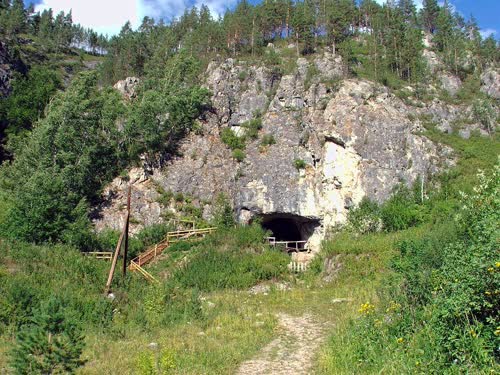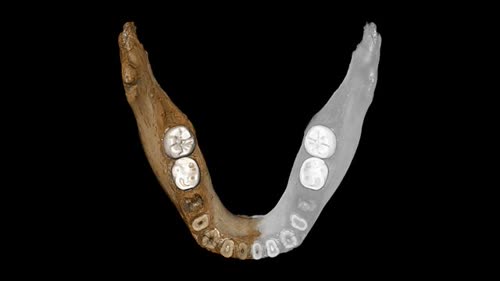|
2010 - DNA identifies new ancient human dubbed 'X-woman'
By Paul Rincon |
|
The Hominins We’ve Been Calling Denisovans Are More Diverse Than Previously Thought Researchers have identified three distinct Denisovan lineages, including one that could constitute an entirely separate species Read more: https://www.smithsonianmag.com/smart-news/hominins-weve-been-calling-denisovans-are-more-diverse-previously-thought-180971952/#O8xSOZL8kXfZoUAm.99 Give the gift of Smithsonian magazine for only $12! http://bit.ly/1cGUiGv Follow us: @SmithsonianMag on Twitter |
|
Jawbone fond in Tibet BBC Radio interview. Highlights:
|


